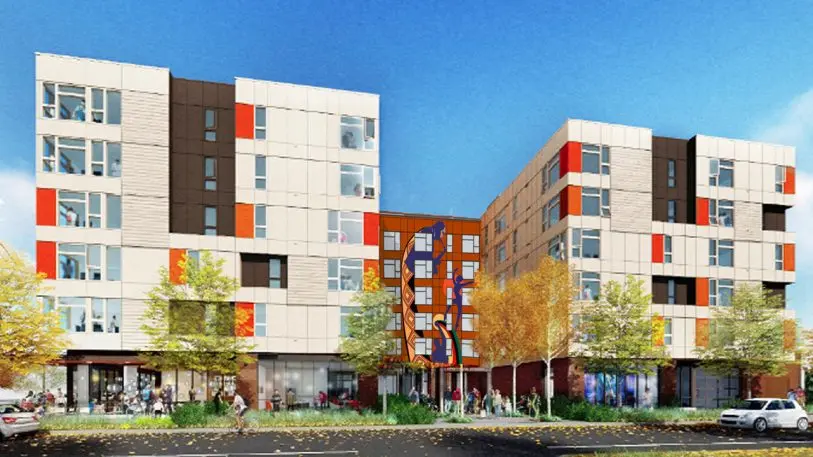Black families currently have a median wealth of $3,600, compared to white households’ $147,000. It could take black Americans as many as 228 years to reach the level of wealth white households currently control. And that’s an optimistic forecast: A report from the Institute for Policy Studies this year found that black wealth in the U.S. is actually declining, so many families of color might not stand a chance at reaching levels of prosperity currently enjoyed by white households.
The racial wealth gap that persists in the U.S. today is the result of discrimination and designed exclusion. Slavery, segregated housing, redlining, unequal investment in communities of color, and mass incarceration all played–and continue to play–a role in making it more difficult for black families to access and build wealth. But if this wealth gap is the result of discriminatory design, could the systems that uphold it be redesigned to support black prosperity?
That is the question that a three-year-long program operating in six cities across the U.S.–Seattle, Tacoma, Portland (Oregon), Minneapolis, St. Paul, and Des Moines–aimed to address. The African American Financial Capability Initiative (AAFCI) was created by Prosperity Now, a nonprofit established to help low-income people of color achieve financial security. Across the six cities, the initiative worked with local leaders and communities of color to identify key drivers of the racial wealth divide in each place. They then worked together to design and implement programs to counterbalance those factors. The work was funded by the Northwest Area Foundation (NWAF), a St. Paul-based organization that awards grants across eight states and 75 native nations across the northwestern part of the country. The results of the three-year initiative are now available, and will set the groundwork for future work in the cities.
The states within the NWAF’s funding footprint, says Lillian Singh, director of Prosperity Now’s Racial Wealth Divide initiative, “tend to skew more white than African American.” While the majority of the country’s black population lives either in the south or in major cities like New York and Chicago, this project drew attention to the particular struggle of trying to build black wealth in overwhelmingly white contexts. And working with the relatively more compact black populations in each of the six cities allowed the program organizers, through in-depth planning talks with local community members and leaders, to design initiatives to meet very specific needs. “We wanted to let communities lead with their understanding of the issues as they were creating the ideas for the projects,” says Cat Goughnour, senior program director at Prosperity Now.
In Seattle, for instance, the AAFCI conveners learned that displacement and gentrification was a significant issue for the local black population. The Central District, a neighborhood east of downtown, was 70% black in the 1960s, but today, it’s just 14%. Average black family wealth in Seattle is $37, 696, compared to white families’ $125,824, and homeownership rates are around 24% versus 50.9%. It’s incredibly difficult for black families to build wealth through real estate in this city, which consistently ranks among the most expensive housing markets.

But the path to building and preserving black wealth looked very different in Seattle than it did in Des Moines, where the community felt displacement was not so much a threat as the lack of access to banking and financing. Over one-quarter of the city’s black population is unbanked. That means they struggle to access credit or loans, which in turn limits black families’ ability to buy a home, start a business, or access other resources like good healthcare or a college education. AAFCI worked with five local groups to set up a black-led community development financial institution focused on providing financial services to underbanked members of the black population. In the last year, 57 people in Des Moines have opened new bank accounts, and the CDFI helped over 68 people formally register businesses. The programs in the Twin Cities similarly revolved around boosting black access to credit and financial services.
AAFCI aimed to prove the theory that the racial wealth gap in the U.S. could be designed out, just as it was designed in. It won’t just be a matter of transplanting the projects started in these six cities to other contexts, and considering the work done, says Goughnour. What the project leaders want to see is the same process–sitting down with community members and local organizations, identifying issues, and designing solutions–applied across the country. “It’s really about identifying the sweet spot in each context for moving people up and out of poverty,” Goughnour says. “We have to shift from the idea that individuals need to change, and focus on what institutions and resources are lacking in disinvested communities.”
Recognize your brand’s excellence by applying to this year’s Brands That Matter Awards before the early-rate deadline, May 3.
